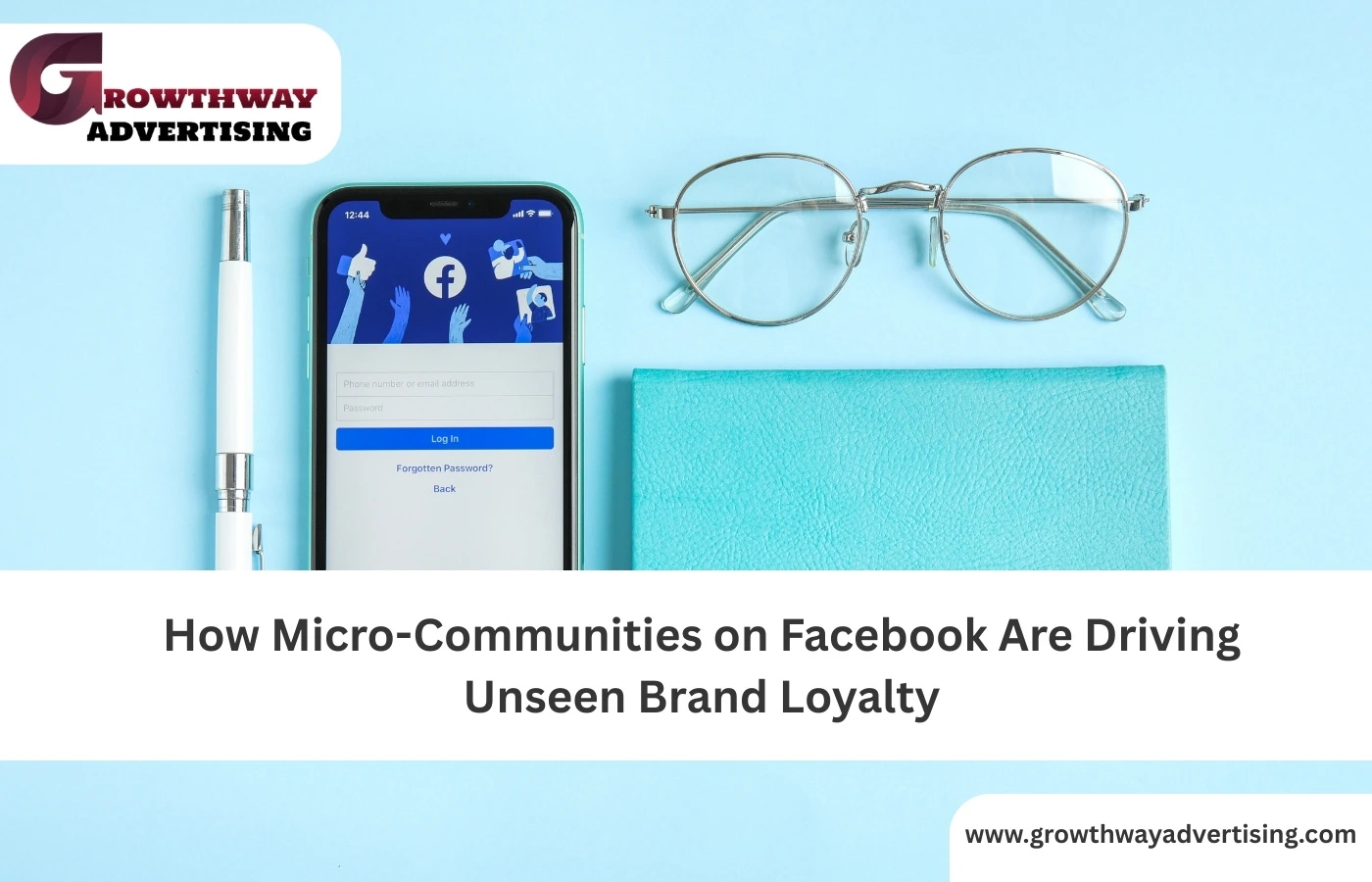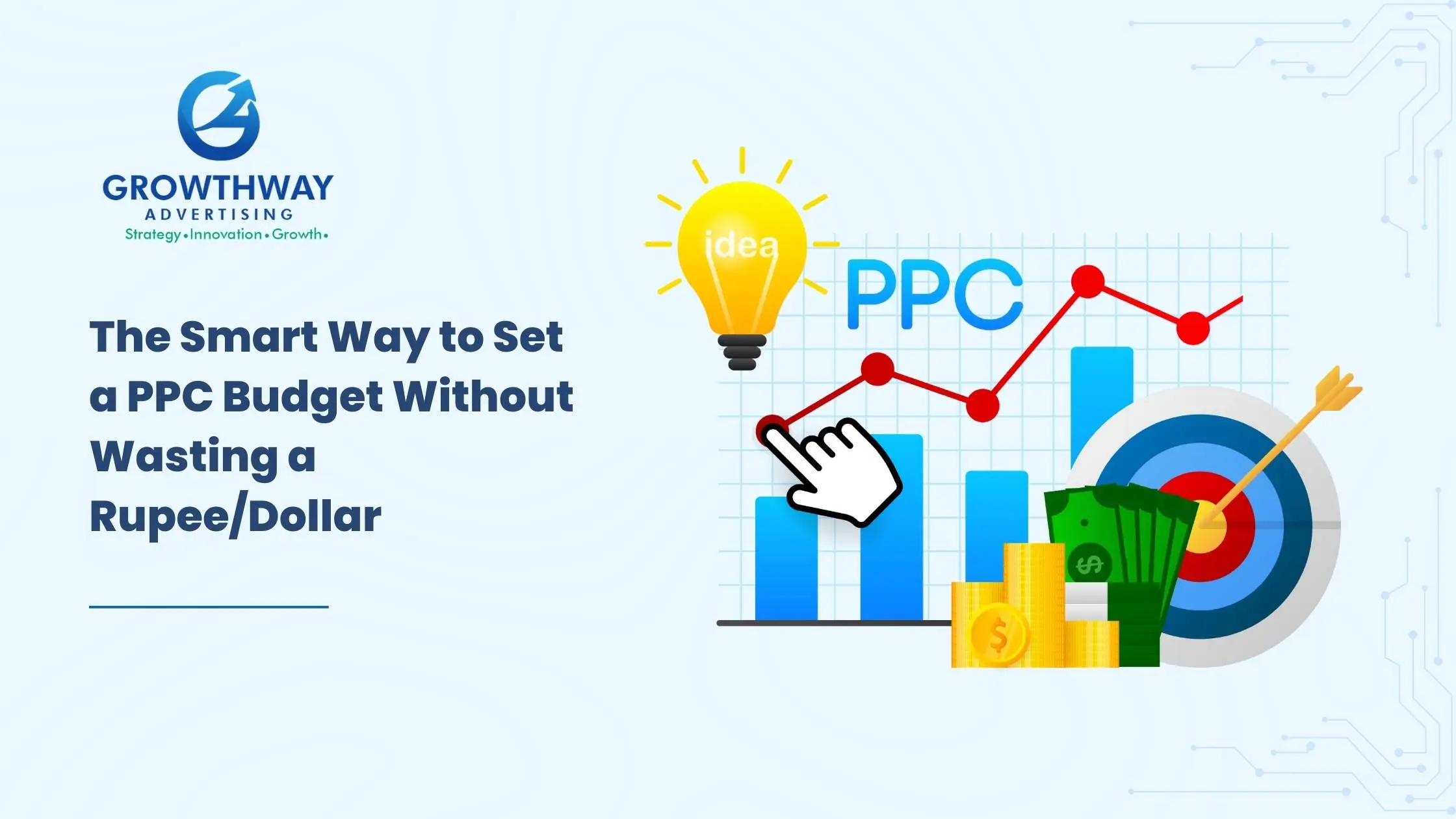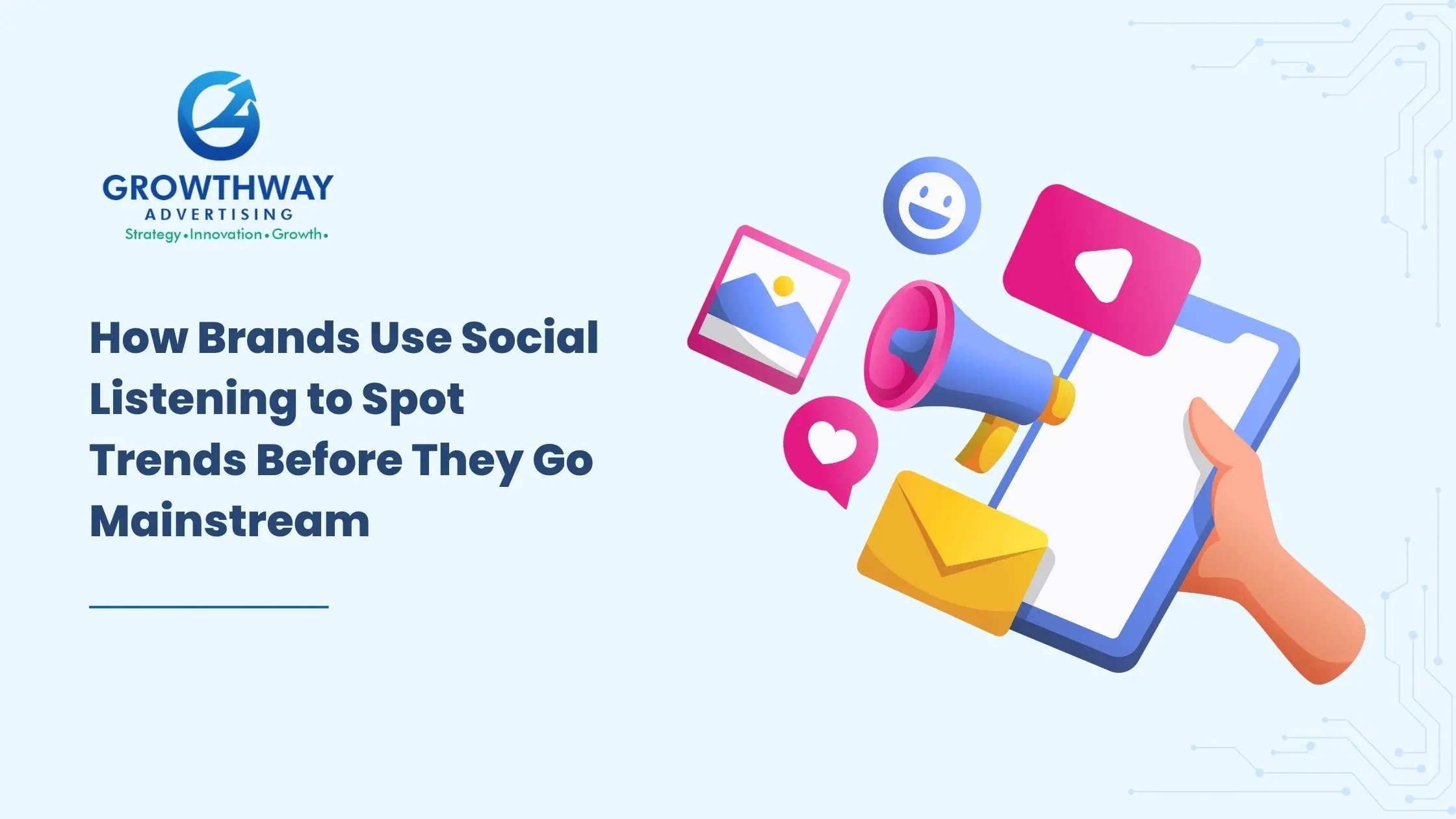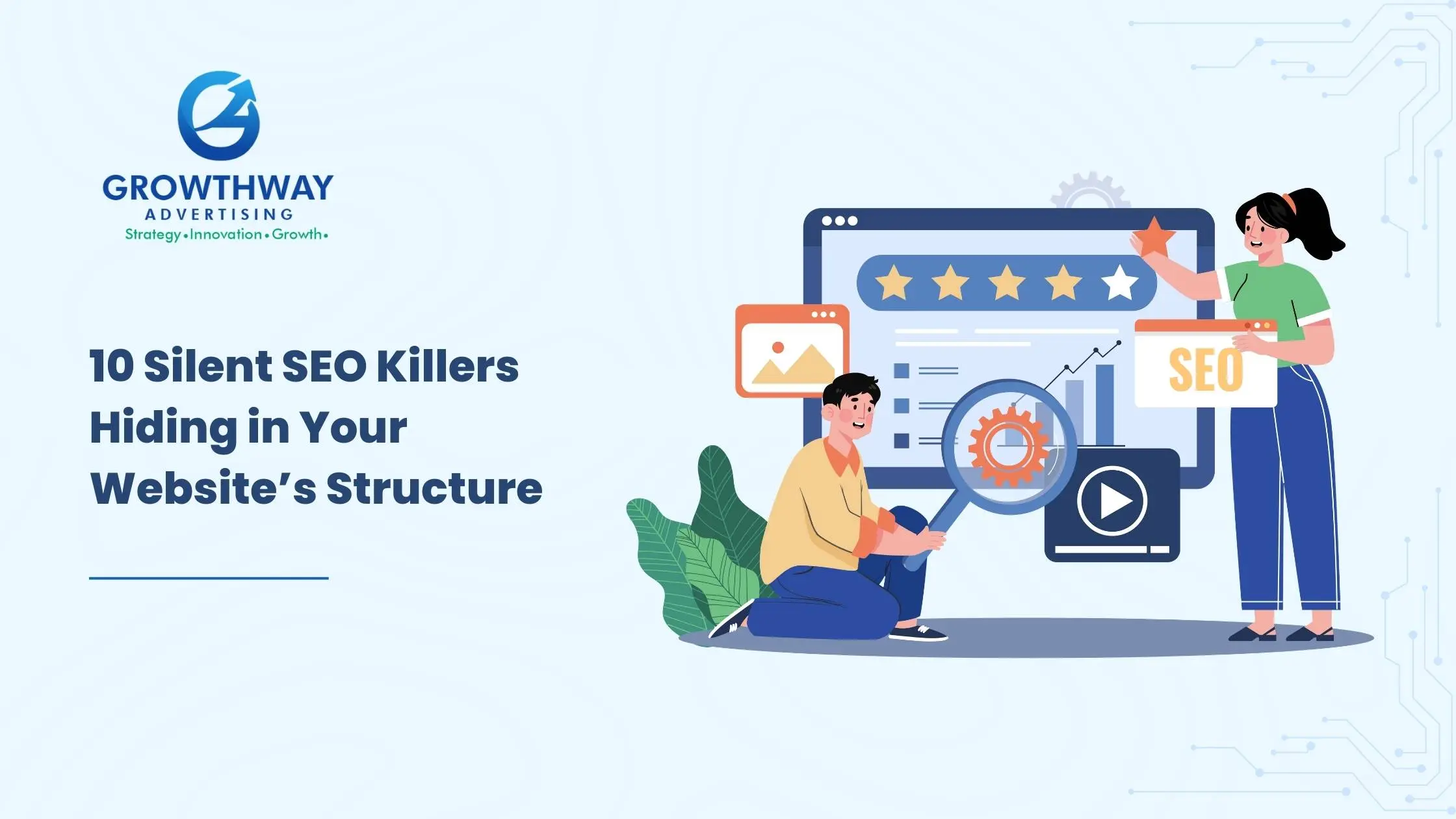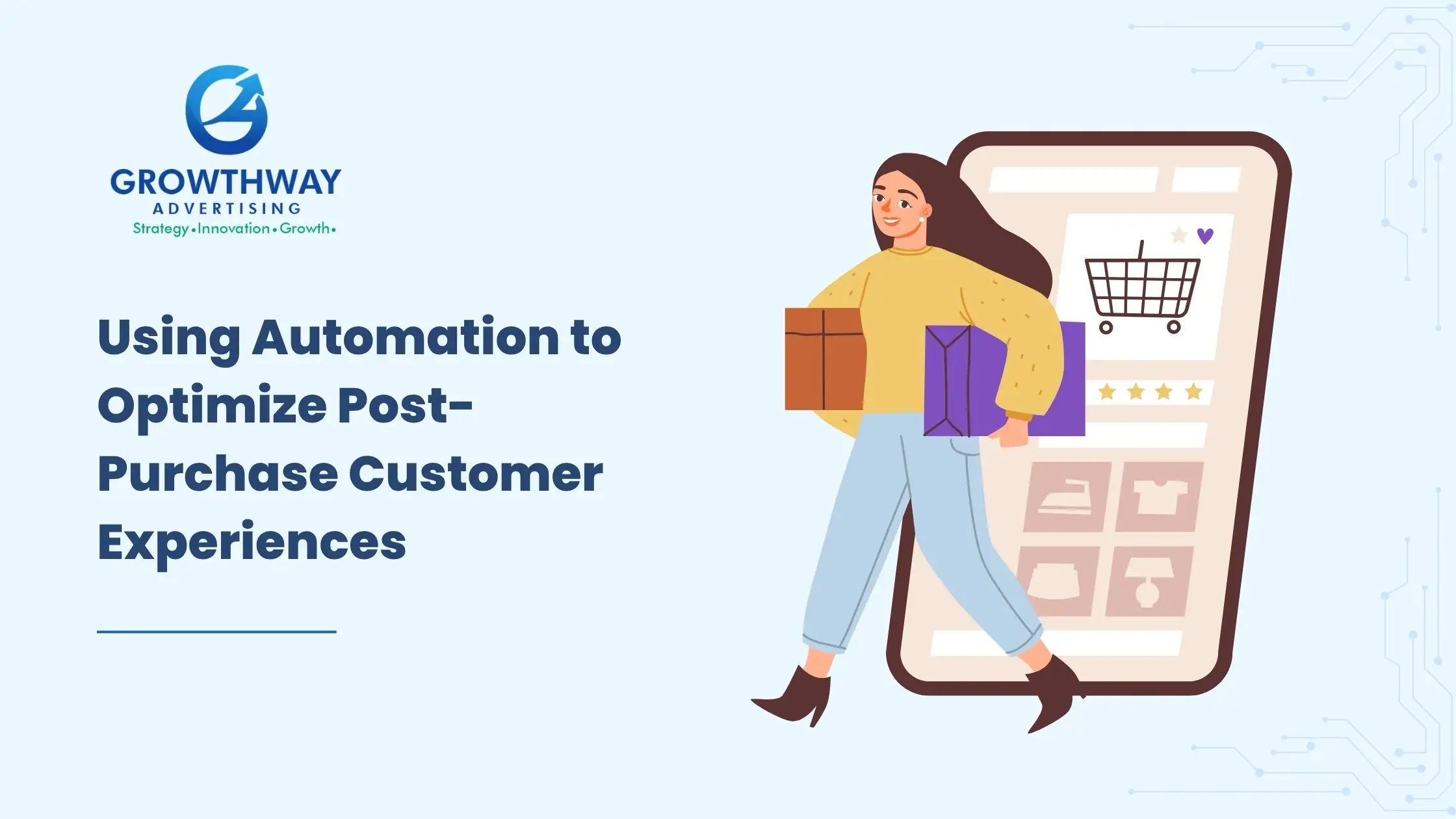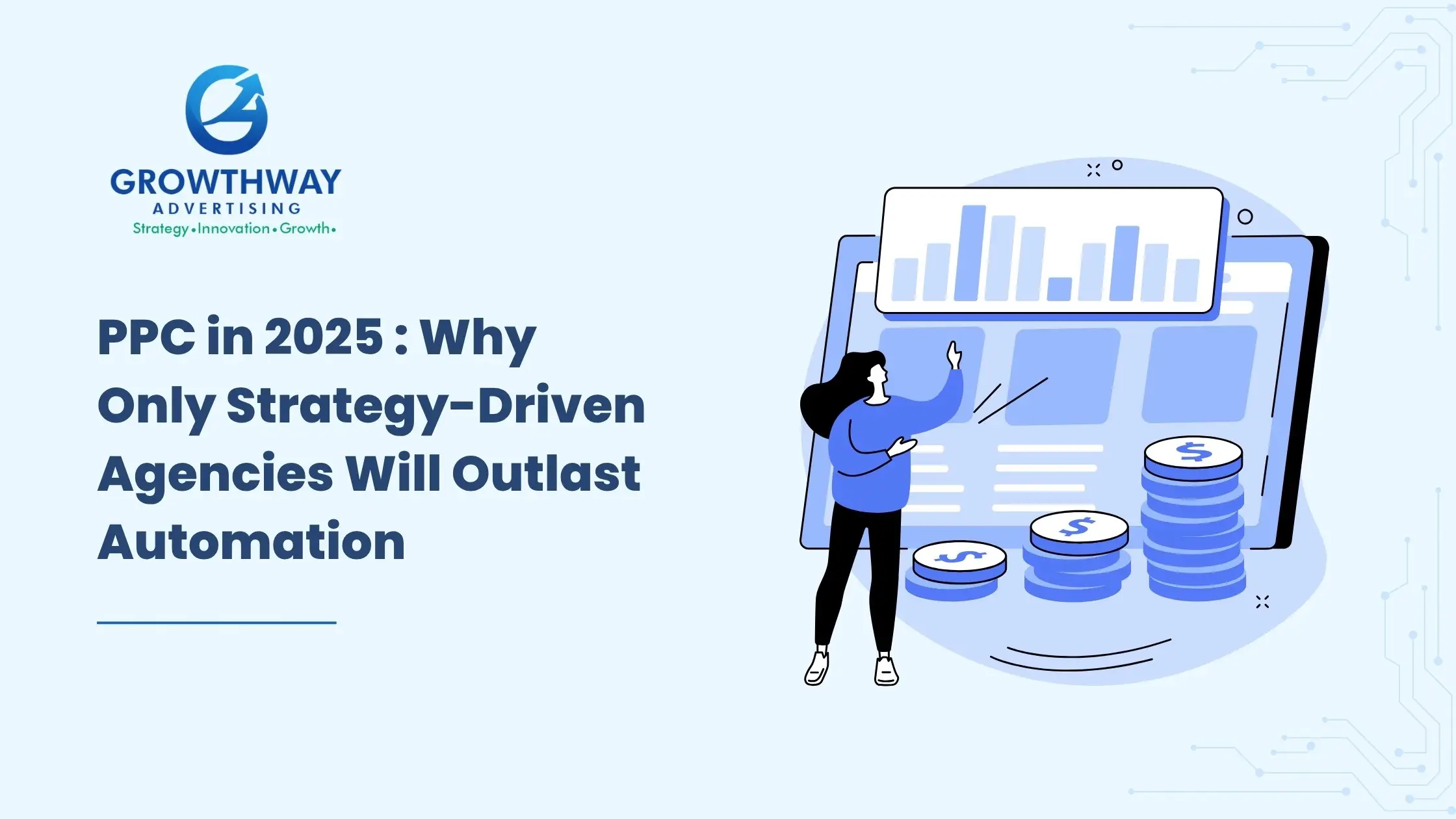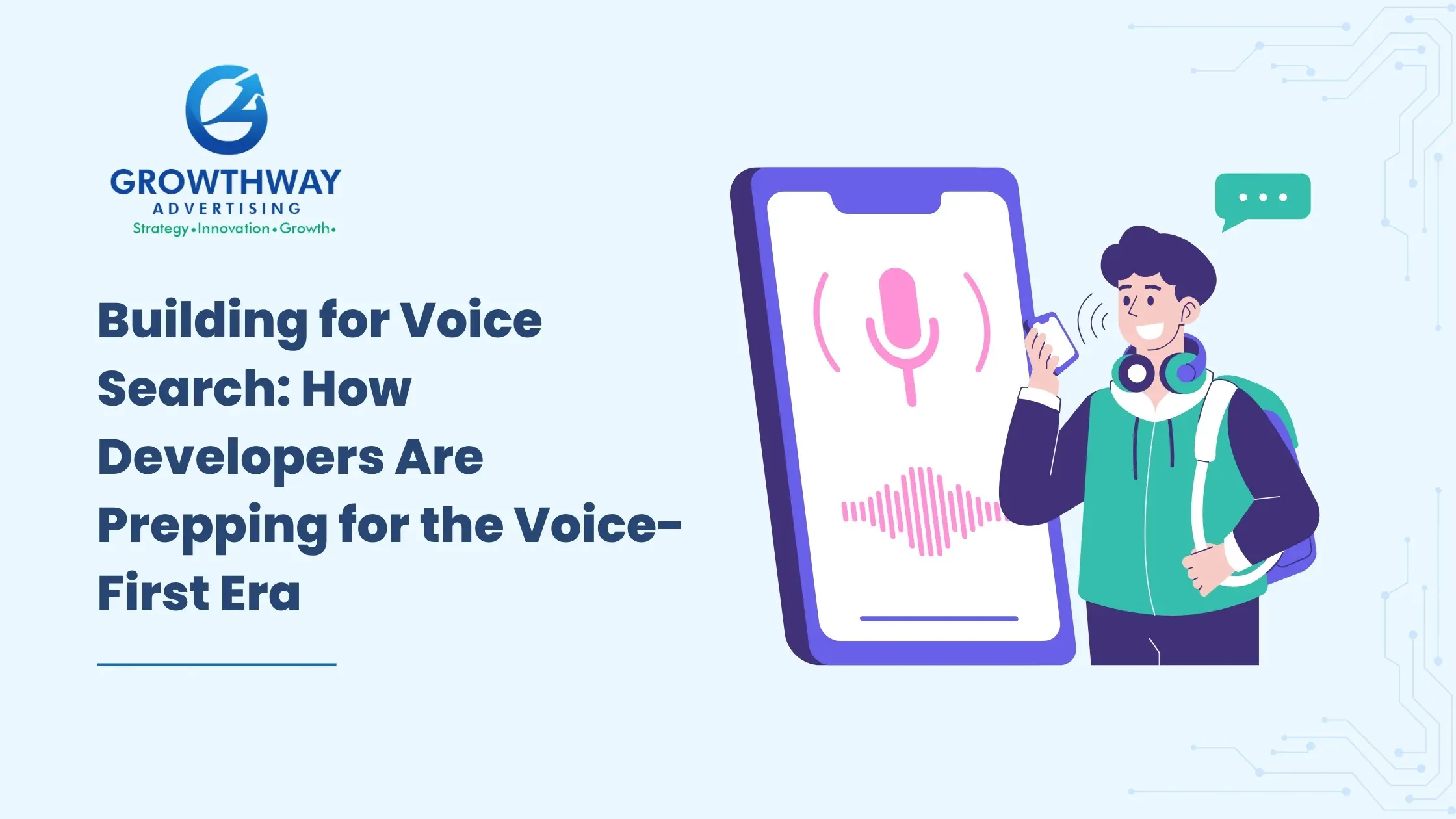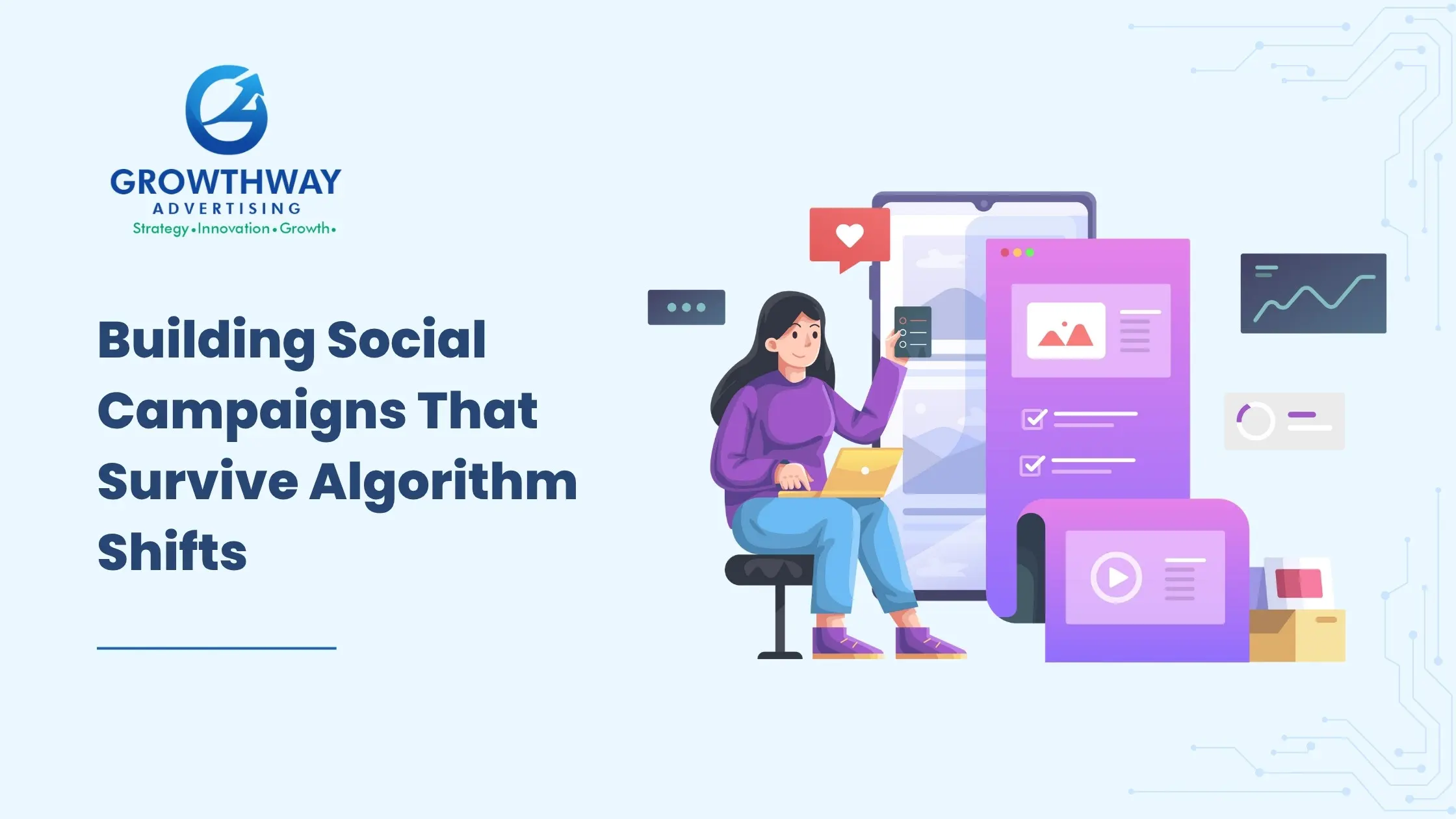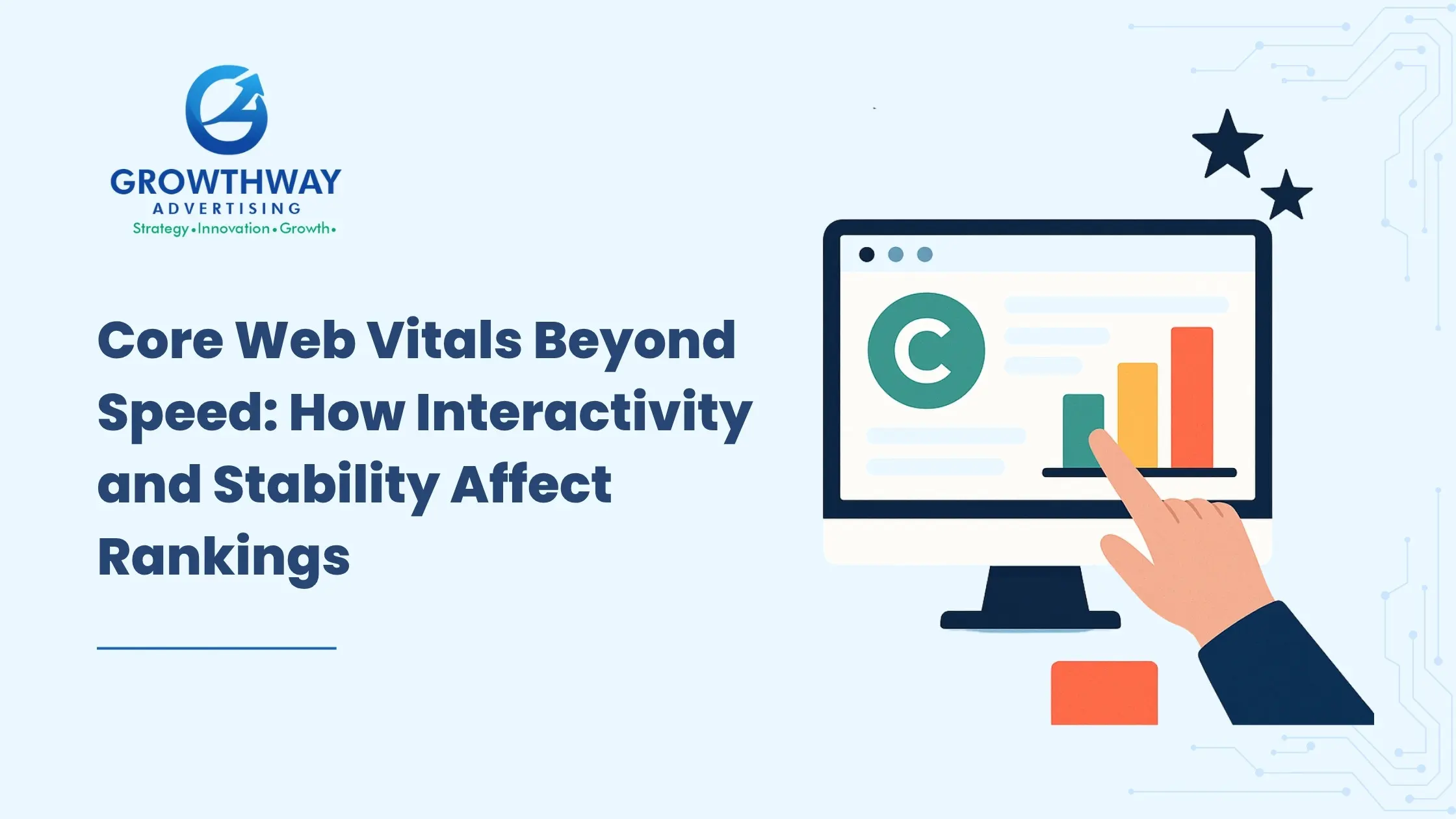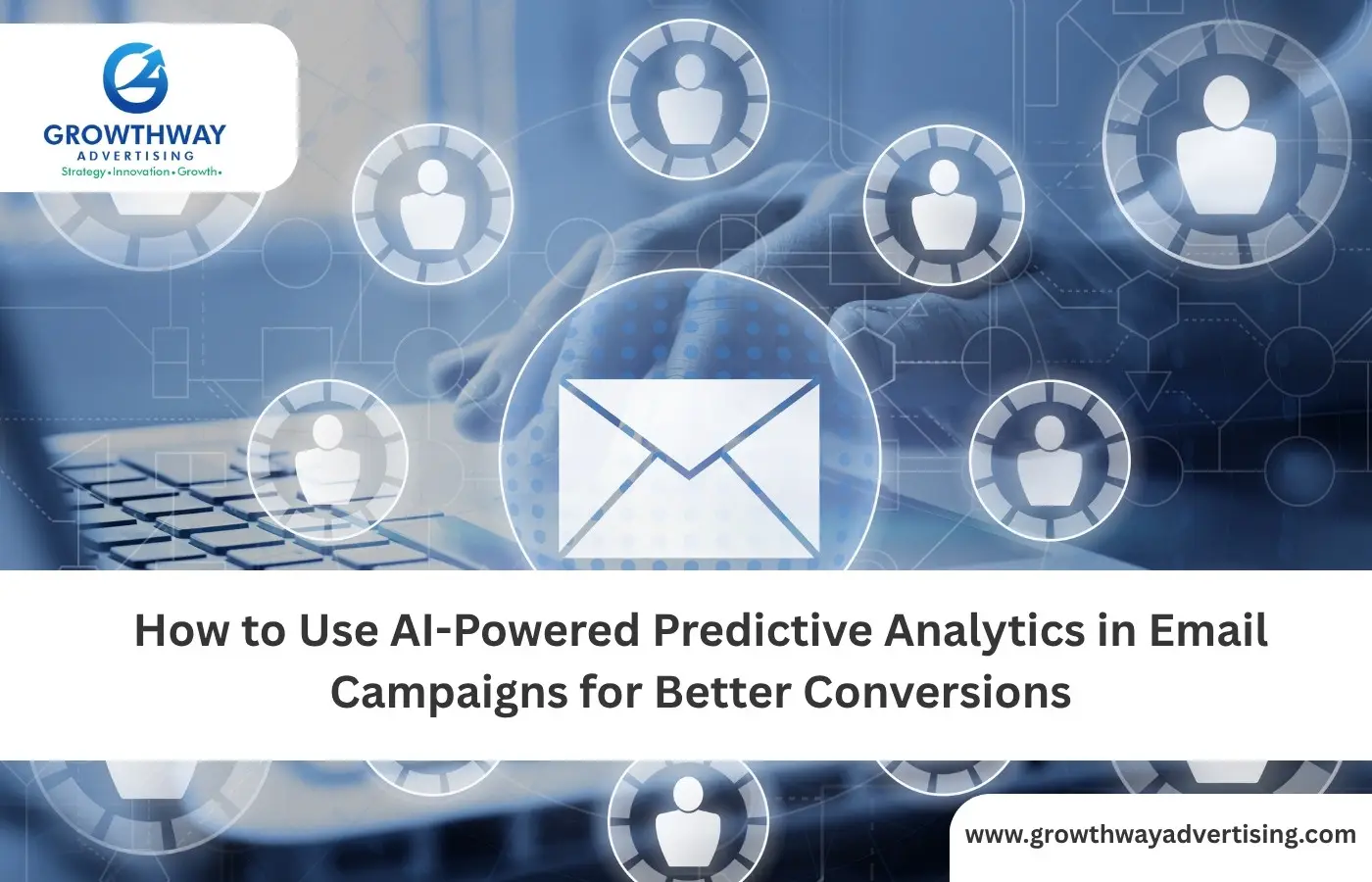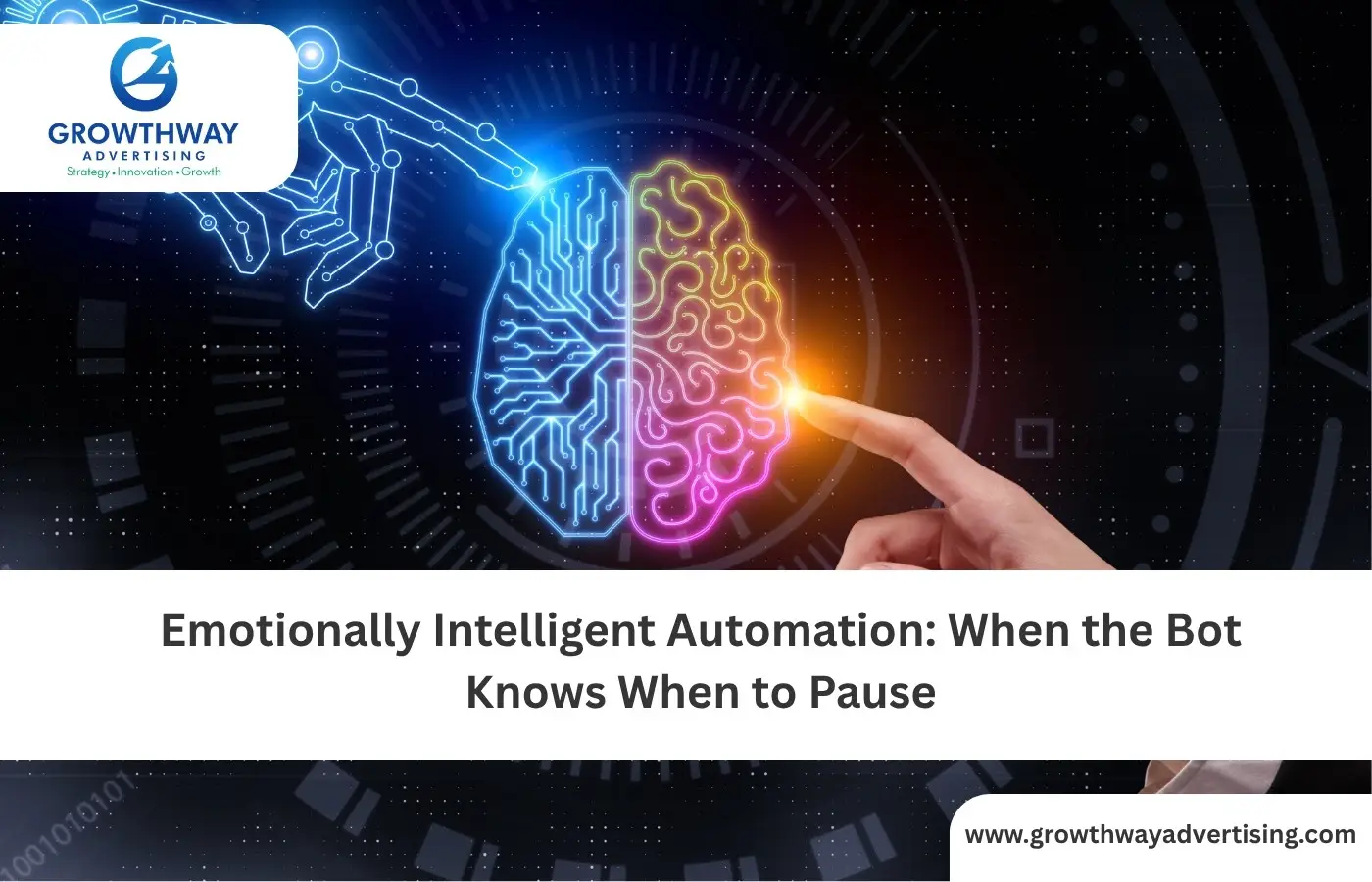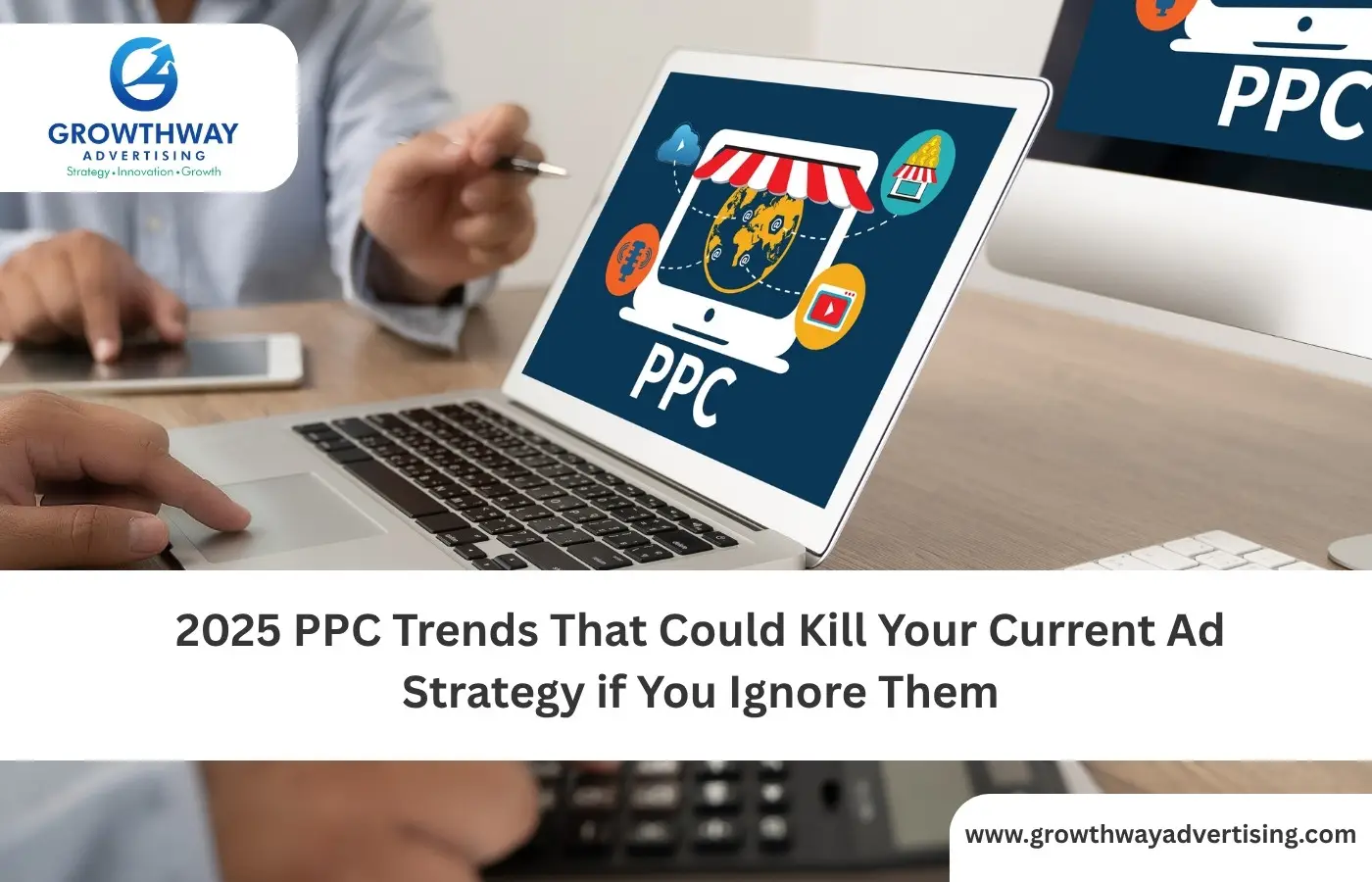For years, brands have poured resources into chasing reach on social platforms. The truth however is that mass reach does not translate to deep loyalty. The gold is in Facebook Groups hiding instead of in Facebook Pages, which is where people want to find it. These Facebook groups are not merely chat rooms, but rather are the new basis of long-term customer loyalty.
How are micro-communities reshaping the relationships between brands and customers and why smart businesses are quietly investing here.
What Exactly Are Micro-Communities on Facebook?
At their core, micro-communities are small, private, interest-driven spaces. Compared to the clatter of general presence, a special-purpose group, such as one focused on green fashion or neighborhood athletics, is bound to generate sincere interaction. Members are secure, listening and bonded.
When a brand is active in such a place it is not just advertising promotion. It is a matter of listening, exchanging all information, and gaining credibility as you go along. That is another reason these organizations have created loyalty that large advertisements sometimes fail to do.
Why Brands Can’t Ignore Facebook Communities
Human beings believe in fellow human beings rather than in a polished campaign. Recommendation within a Facebook Group is better than a sponsored ad. Due to this, smartest social media marketing firms are moving their focus towards community strategy.
The benefits stack up quickly:
- Higher trust compared to traditional ads
- Real-time feedback on products or services
- Members creating user-generated content without being asked
- Easier targeting because the target audience is already self-selected
It is here that the social media marketing services make long term gains. They do not pursue impressions, but create spaces where conversations can be translated into loyalty.
Community Building as a Loyalty Engine
Community Building inside facebook groups is the playbook when a brand wants to be more than just another logo in someone’s feed. It is establishing the ability to contribute to a dialog that individuals care about.
Think of it as three layers:
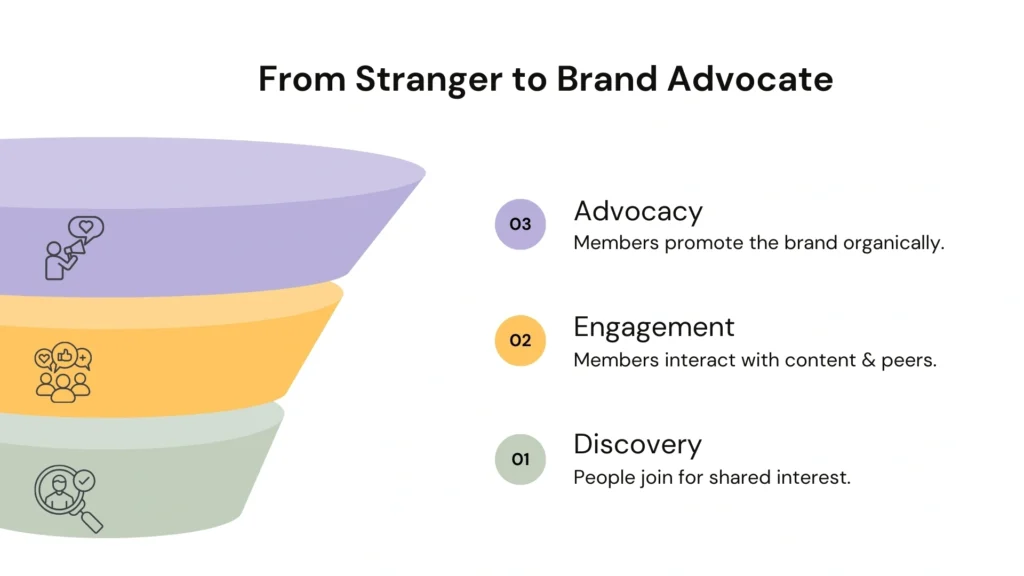
- Discovery – People join because they share an interest or see a value exchange.
- Engagement – Members stick around when discussions are relevant, helpful, and fun.
- Advocacy – The strongest stage, when members become brand champions without being asked.
This is unlike the one-time social media advertising campaigns where the process has its benefits stacking over time. A good club member can recommend an additional 10 people and word of mouth is priceless.
The Role of Group Optimization
Most brands end in, let us form a group but the twist is that without group optimization it fails. Facebook gives tools that can make or break growth:
- Clear naming and description that match search intent
- Custom membership questions to qualify who joins
- Welcome posts or pinned guides to onboard new members
- Using badges and roles to gamify engagement
- Regular use of polls, live sessions, or events to keep energy alive
An optimized group is like entering an enlivened club and not a dump. In the case of companies that provide social media management, this is where their expertise should be seen in transforming a dull group into a vibrant center.
Measuring Loyalty Inside Facebook Communities
What is lacking in the discussion is how you can measure the ROI of loyalty in micro–communities. Vanity measures such as the number of members does not give a true picture.Instead, look at:
- Active member percentage (how many are actually engaging weekly)
- Engagement rate per post (comments, not just likes)
- Referral growth (how many members invite others)
- Conversion metrics (sales or sign-ups coming directly from the group)
These are the signals that show whether your community is moving beyond surface-level activity into true loyalty.
Real Examples of How Loyalty Is Built
An example can be a small fitness studio. Other than depending on advertisements, the company operates a closed Facebook Group where purchasers discuss meal tips, reward progress, and attend live question and answer videos with coaches. Members belong to this space and like a second home. They do not simply keep taking classes again and again but invite some of their friends and leave testimonials, in addition, to the defense of the brand online.
Or take a SaaS brand. They use their group as a customer feedback lab. Members beta-test new features, discuss workflows, and directly influence product direction. That sense of co-ownership locks customers in long-term.
This is where such social media services are extended beyond calendars of content the group as a whole is an extension of a product.
Integration With Broader Social Media Strategy
Micro-communities don’t substitute other strategies but they make them louder. A brand can conduct social media advertising to attract the appropriate individuals into its fold. Then, nourish those members with every day value. Group feedback that is informed later can be used back in campaigns.
Example of how a social media marketing agency can tie efforts together:
- Use advertisements to engage the targeted customers in a group.
- Live Community Building events and discussion, resources.
- Monitor the data on what type of content is the most successful.
- Transfer those learnings to impact a broader social media marketing service
The loop creates efficiency: less guessing, more direct feedback, stronger brand loyalty.
Engagement Tactics That Actually Work
Inside groups, small deeds accomplish a lot. Some proven ways to drive authentic engagement :
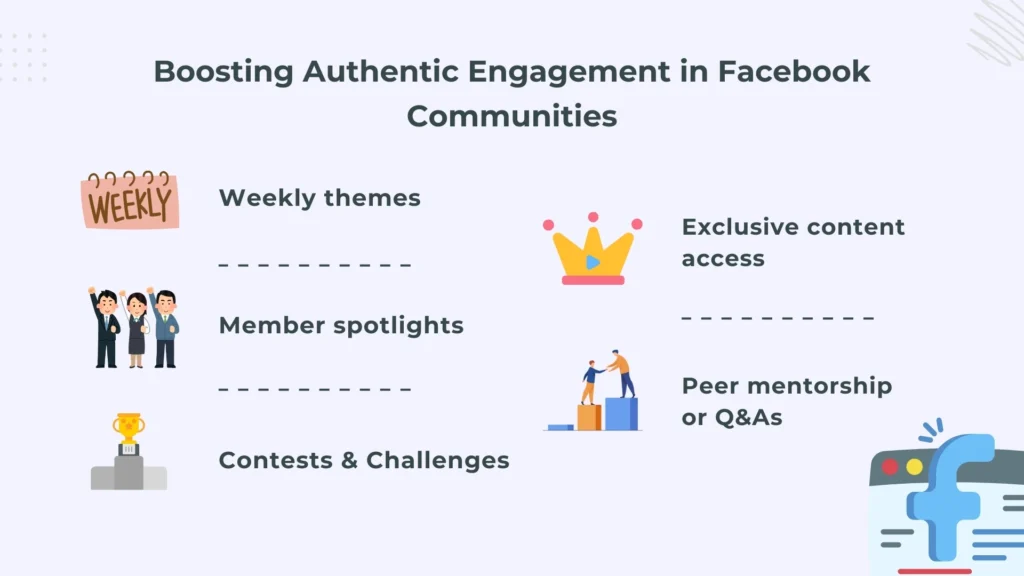
- Weekly themed discussions (“Tip Tuesday” or “Ask Me Anything Friday”)
- Highlighting member contributions publicly to show appreciation
- Hosting mini-challenges or contests to spark participation
- Offering exclusive early access to products or content
- Pairing members with mentors or peer groups
Such methods are more effective than publicity in a marketplace page. They enable members to feel like an insider
The Lifecycle of a Strong Facebook Community
The other performance area that is not noticed is the lifecycle management. Even a group that does not suddenly perish but waits cannot remain active all the time; it needs phases of attention:
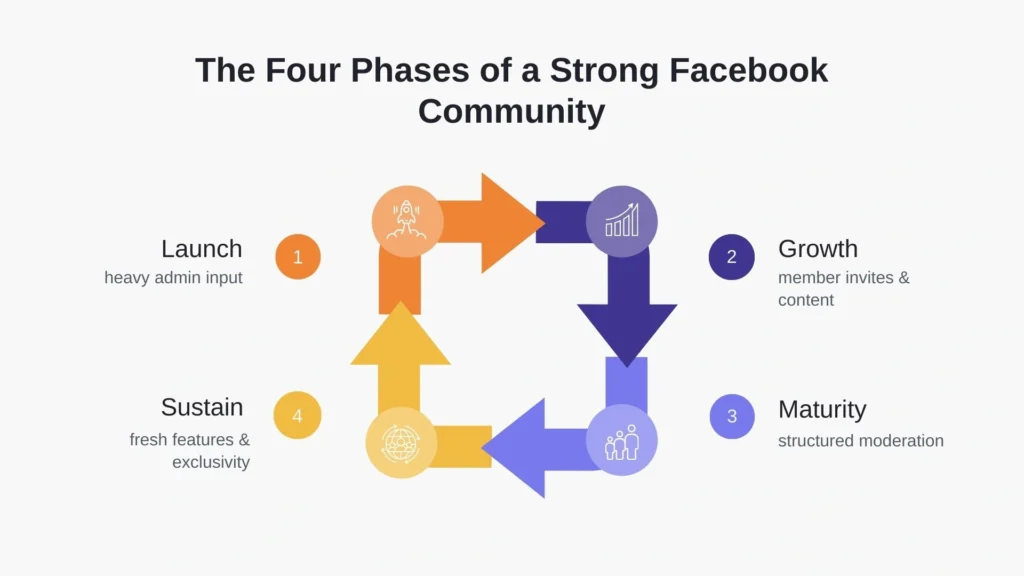
- Launch phase – Strong onboarding, daily interaction from admins.
- Growth phase – Encourage members to invite peers, create content.
- Maturity phase – Systems like scheduled posts and moderator roles keep quality high.
- Sustain phase – New features, exclusivity, or sub-groups maintain freshness.
It is here where social media management services can make a real difference taking care of the day-to-day beat that pays off loyalty in the long term.
The Future of Facebook Micro-Communities
The persistent drift of Facebook toward one-on-one communication- Messenger, closed groups, small networks demonstrates the trend of social media is internalization, not broadcast. This can be observed already in micro-communities.
With AI tools assisting moderation, and gamification making participation stickier, expect Facebook communities to become even more powerful engines of customer loyalty. Brands that take the next step to invest today will be in the lead when others finally wake up and discover they could have built shorter loops sooner when they discovered that loyalty is created in conversations and not campaigns.
FAQ’s
They create trust by fostering two-way conversations, peer recommendations, and consistent Community Building activities that strengthen connections.
Pages are for broadcasting; Facebook communities allow interaction, feedback, and stronger relationships with a qualified target audience.
Interactive posts like polls, live Q&As, challenges, and member spotlights drive the highest levels of authentic engagement.
Focus on Group optimization tactics like clear descriptions, onboarding posts, badges, and consistent value-driven content.
Not at all. Small businesses and startups benefit equally by reaching a precise target audience and building brand awareness affordably.
Yes. With the right social media marketing services, groups can move members through trust-building into becoming paying customers.

